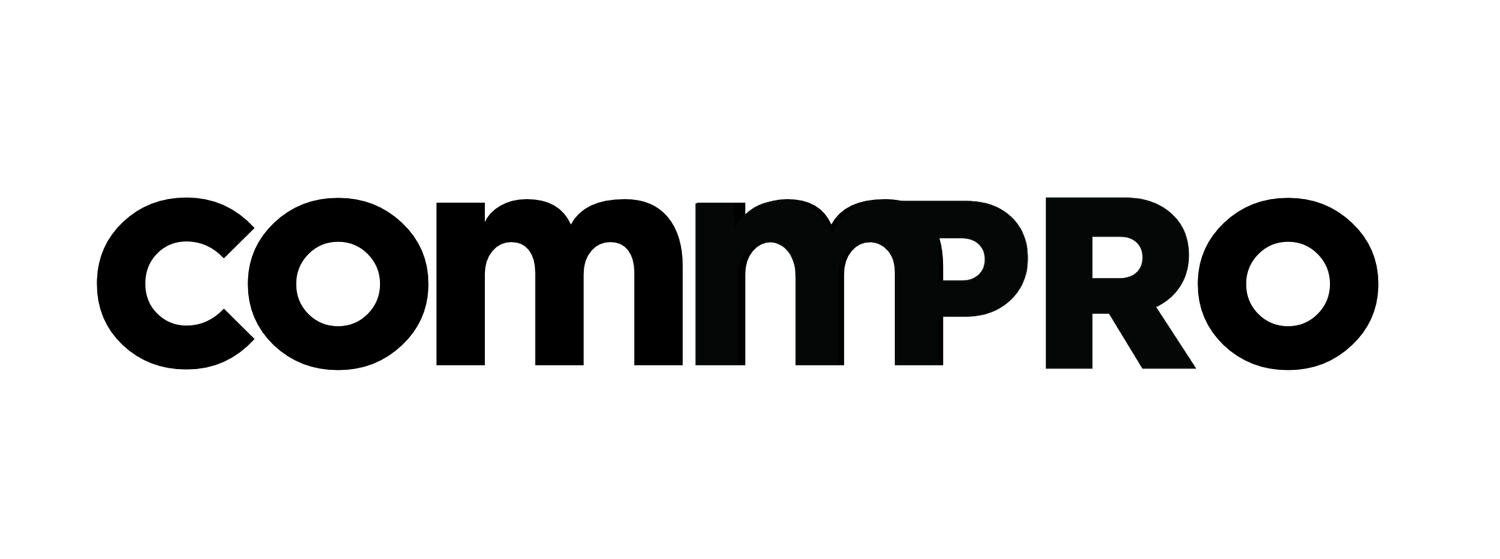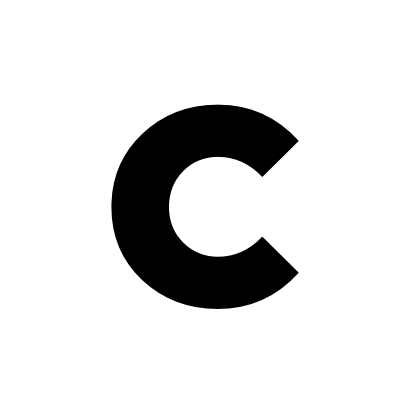The Hidden Playbook Behind Executive Thought Leaders Who Actually Break Through
In our previous article, CommPRO explored the foundations of impactful executive thought leadership with insights from leading PR minds—Philip Amore, Deborah Keltner, Lindsay Bradshaw, and Laura Emanuel. Their shared message was clear: authenticity, alignment with brand values, and consistent visibility—especially on platforms like LinkedIn—are essential for today’s executives to break through the noise and build influence. With over 2,000 thought leadership posts tracked by Cometrics on LinkedIn in the past year, the demand for meaningful, differentiated executive voices has never been higher.
In this follow-up, we take the conversation further, digging into the operational and creative backbone of effective executive visibility programs. Nick Lagalante, MPS, a seasoned communications executive with a career built in B2B tech and cybersecurity, and Robin Riddle, Chief Strategy Officer at Dotdash Meredith Content
Solutions, bring sharp, experience-backed strategies to the table. Their combined insights tackle the critical infrastructure and creative discipline required to build executive thought leadership that doesn’t just exist—but drives real business impact.
Operational Discipline Fuels Strategic Execution
Nick Lagalante has been behind some of the most successful PR and communications efforts in the cybersecurity sector. With leadership roles at Tenable, Cofense, and PhishMe under his belt, and a master’s degree in public relations from Georgetown, he knows that thought leadership isn’t something you improvise—it’s something you engineer.
“Executives serve as a force multiplier to amplify your company’s existing messaging through their unique perspective,” Lagalante explains. “But this requires a rock-solid messaging framework.” That framework—spanning from corporate to product-level messaging—must be agreed upon and internalized across the executive suite to ensure all thought leadership starts from a consistent foundation.
More importantly, Nick stresses that executive thought leadership must be programmatic, not reactive. “Executives are incredibly busy. Planning in advance fosters better collaboration. You reduce last-minute asks, and create predictable workflows.” His playbook includes working closely with executive assistants, holding structured intake sessions, mapping narratives to quarterly campaigns, and producing cross-channel content around key themes. The result: a disciplined cadence that makes review cycles smoother and outcomes stronger.
Lagalante also recommends building executive background profiles—internal dossiers that outline everything from an exec’s media experience and subject matter expertise to their personality traits, travel preferences, and hardlined opinions. “These profiles help you pick the right executive for the right opportunity, especially in companies with a large C-suite.” In short, it’s a process that eliminates guesswork and makes the right kind of visibility scalable.
Insight is the Currency, Not Ego
While operational rigor is critical, Robin Riddle brings a creative lens rooted in decades of experience building thought leadership engines at The Economist, The Wall Street Journal, and now Dotdash Meredith Content Solutions. He’s seen firsthand what makes content land—and what makes it fall flat.
“The smartest companies hire the smartest people,” Riddle says. “But just because someone has something valuable to say doesn’t mean they know how to say it in a way others want to hear.” His solution: editorialized storytelling. Pair subject matter experts with skilled writers who can shape ideas into narratives that stick. It’s the difference between forgettable content and audience connection.
Riddle is particularly adamant about avoiding product-pitch traps. “When something reads like a sales brochure, it loses credibility. Real thought leadership isn’t about selling—it’s about sharing valuable, original perspectives that earn trust and attention.” That’s why he champions insights derived from research—whether it’s a small survey, internal data, or a new angle on an industry trend. Originality is non-negotiable.
He also reminds us that the best content starts with the audience. “What do they care about? What challenges are they facing? What would help them do their jobs better?” Start there, not with brand goals, and then reverse-engineer your narrative to deliver value.
As for format, Riddle refuses to default to one-size-fits-all. “Should it be an article? A podcast? A report? That depends on your message, your audience, and where they’ll find it.” He encourages teams to repurpose content across formats—turning a single insight-rich whitepaper into videos, blogs, and social posts. The key isn’t just creating—it’s extracting maximum value from what you’ve created.
From Invisible to Indispensable
Together, Lagalante and Riddle outline the mechanics and mindset required for modern executive thought leadership to succeed. Lagalante ensures the strategy is grounded, repeatable, and scalable; Riddle ensures the content is insightful, creative, and built to resonate.
Their shared formula is this: clarity in message + originality in insight + empathy for the audience = real, measurable influence.
As executive visibility becomes more critical to brand trust, stakeholder engagement, and competitive differentiation, companies can’t afford to wing it. It takes structure and story. Systems and soul. With the right balance of strategic planning and editorial rigor, executive thought leadership moves from being a buzzword to a business asset.
And the time to build it is not later—it’s now.


